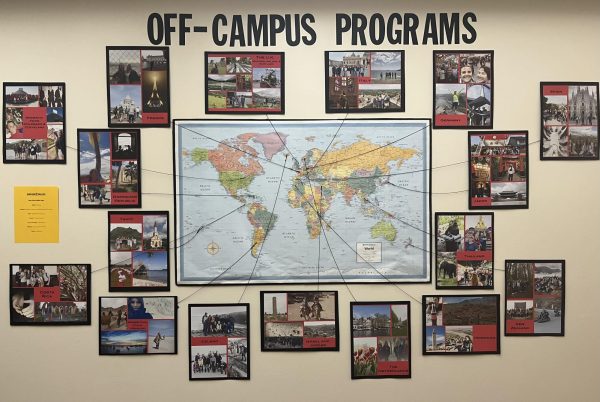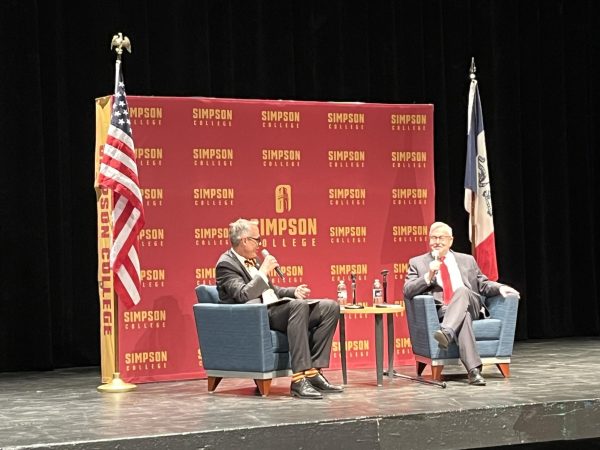Tax forms show former President Byrd’s bonus at time of budget cuts
March 20, 2014
Former President John Byrd received about $200,600 in bonus and incentive compensation during his last two years at Simpson College, according to the school’s IRS Form 990 tax submissions in 2011 and 2012.
In terms of total compensation, the Chronicle of Higher Education ranked President Byrd the third highest-paid private college president in the state of Iowa in 2011, behind the presidents of Grinnell College and Drake University. He received $155,600 in bonus compensation near the time that ten faculty and staff positions were laid off or eliminated for ‘budget constraints’, as reported by The Simpsonian that year.
Simpson administration says it was part of a multi-year retention bonus in President Byrd’s employment contract.
“It had nothing to do with performance,” Board of Trustees chairman Fred Hubbell said. A retention provision to President Byrd’s contract stated Byrd would receive an extra bonus after staying five years at Simpson, and the 2011 events couldn’t change the negotiated contract.
President Byrd began his Simpson career at the start of the 2005-06 academic years and retired at the end of 2012-13.
“He only got [the bonus] if he stayed five years. It just ended up being accidental,” Hubbel said.
“At the time that program was put in place, that was well before the spring of 2011. That was already in the contract; it couldn’t be changed. That was already in play,” Vice President for Business and Finance Ken Birkenholtz said.
Simpson reported President Byrd’s 2012 bonus to be $45,000.
Birkenholtz said the differences between the two bonuses were based on the amount of time covered.
“[2011] covered three years and eight months, whereas the second bonus is just a one-year retention bonus with accural,” Birkenholtz said.
The 2012 Form 990, which records mandatory tax reporting for nonprofit organizations, reported net assets and fund balance of $114.6 million for the college. The National Association of College and University Business Officers, which tracks university endowment values, listed Simpson’s endowment at the end of fiscal year 2013at $75.9 million, up nine percent from the previous year.
College endowment funds are typically invested, and earning from those investments are used to support college operations, according to Birkenholtz. Financial aid is a major benefactor from endowment funds, with $1.4 million going directly to grants and scholarships.
“Student tuition only covers 80 percent or so; so the rest comes from fundraising, from endowment, from other sources. So it’s critical,” Birkenholtz said.















